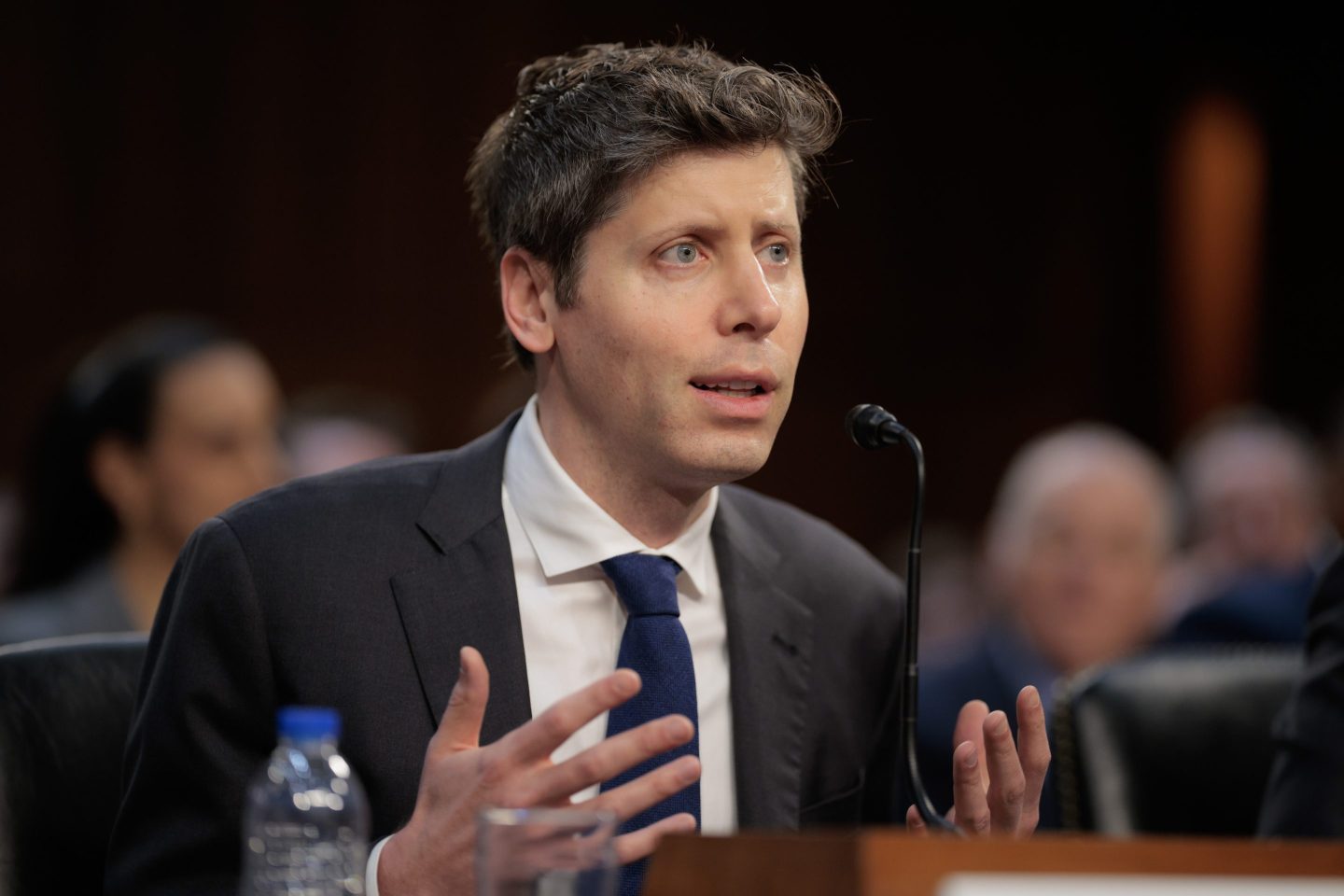- Wall Street is discussing a possible government bond crisis, not because one is imminent, but because Europe’s fiscal instability makes U.S. bonds seem safer by comparison. France and the U.K. are seen as the riskiest for a crisis, even though yields there remain relatively contained, and U.S. yields have declined despite deficit concerns.
Investors are usually focused on the U.S. government bond market for two reasons: It’s the biggest, and the dollar is the world’s reserve currency. That scrutiny has increased this year because of President Trump’s One Big Beautiful Bill Act, which marginally increases the U.S. deficit and thus, in theory, increases the risk-based yield premium that investors demand for buying them.
However the yield on the 10-year Treasury has actually declined this year, from over 4.5% in January to just over 4.1% today. That implies investors think U.S. bonds are somehow less risky than they were before.
Investors may think that because in Europe the governments of France and the U.K. are making America look like a relative safe haven. Bonds are priced not only on the perceived riskiness of the government issuing them, but also on how those risks rate in comparison to other government credit.
France was ranked as the most likely country to go into a bond crisis—where investors become convinced that a government won’t be able to pay its debts on time, and begin a global run on its Treasury—according to Deutsche Bank’s Q3 survey of 280 analysts globally. More than 50% of them ranked France as their first choice for bond market mayhem.

France has tested the patience of the bond market this year. Two French governments have collapsed in the past 12 months, and the country is heading toward its fifth prime minister in two years. Its parliament also has yet to figure out how to balance the country’s books. “If there is a government bond crisis in the next two years, the most likely of these candidates in order are seen as France, U.K., U.S., Japan, Italy, and then Germany. France is quite far ahead of the U.K. at the top of the list,” Deutsche Bank’s Jim Reid and Stefan Abrudan told clients.
France’s debt-to-GDP is 113%. Yet according to Deutsche Bank’s Henry Allen, investors are sanguine about it. “Despite the weak debt dynamics, outsized deficits, and an increasingly negative net international investment position, French yields aren’t wildly out of line with other countries. They’re trading exactly in line with Italy’s, and are below the U.K., the U.S., and Norway. And this is a country that hasn’t run a surplus since 1974,” he said in a recent note to clients.

U.K. and U.S. decoupling
The U.K. was analysts’ second guess for impending doom. In the chart above, the U.K. debt is priced as the riskiest of the G7 countries. The yield on the 10-year “gilt” (British slang for U.K. bonds) is higher now (4.7%) than it was back in 2022, when Prime Minister Liz Truss’ government collapsed after the bond market made it clear it was not going to tolerate her “mini-budget” which featured unfunded tax cuts.
U.K. bonds usually move in tandem with U.S. bonds but they have “decoupled” recently, according to Goldman Sachs.

So why is Prime Minister Keir Starmer’s government unharassed by bond vigilantes today?
Again, it’s because bonds are priced in comparison to one another, not simply on their actual yield.
“The 10-year yield surged to 4.75%—40 bps above the level at the date of the last budget,” said Goldman Sachs’ Christian Mueller-Glissmann and his colleagues in a note seen by Fortune. “However, there has been very limited impact across U.K. assets, unlike with the 2022 ‘mini-budget’ or in July 2024. First, the pressure on long-dated gilts (30y) does not look atypical when compared to the wider G4 curve repricing. Second, risky assets did not sell off, including U.K. domestic stocks.”
No one is seriously suggesting that either of these countries is on the verge of a sovereign debt crisis. But the mere fact that Wall Street is discussing it—and that U.S. bonds look safer by comparison—is significant.
Here’s a snapshot of the markets ahead of the opening bell in New York this morning:
- S&P 500 futures were down 0.25% this morning. The index closed up 0.26% in its last session.
- The STOXX Europe 600 was down 0.12% in early trading.
- The U.K.’s FTSE 100 was flat in early trading.
- Japan’s Nikkei 225 was down 0.25%.
- China’s CSI 300 was up 0.45%.
- The South Korea KOSPI was down 0.19%.
- India’s Nifty 50 was flat before the end of the session.
- Bitcoin rose to $113.5K.













